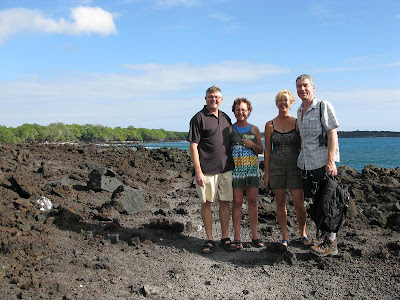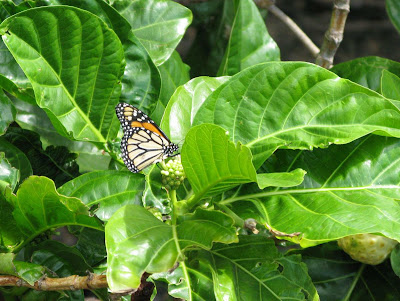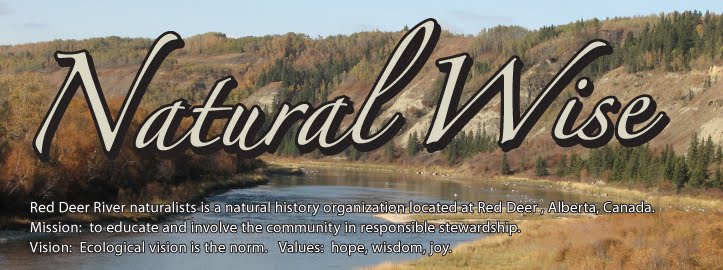Tuesday, November 24, 2009
Christmas Bird Count is a Comin
How does the bird count work? This area has been divided into zones. When counters register they can request a particular zone or be assigned a zone. Since 1969 I have done Kin Kanyon BowerWoods most of the time. When my children were young they came with me. Several times I have had other birders accompany me. The odd time I have been asked to cover an extra area. The area I cover is most suitable to walking so I spend about 5 hours combing the area.
The area is heavily treed so birds are hard to spot. One has to rely on sound in many cases. Sometimes you find a forest opening that the chickadees are crossing . Chickadees are usually in flocks of approximately 20. You count them as they fly across the opening. If one flies back you have probably counted it. Black backed woodpeckers clearly show that they are in an area by the sawdust at the bottom of dead spruce trees. However, these birds are very quiet and extremely hard to spot. I know that I will find about 8 species in the area. If I find a couple of extra species that's a bonus.
So you see a day of winter birding is full of challenges and surprises. The pot luck meal and entertainment we have in the evening is a most fitting close to a very pleasant day. So don't be shy. Come and join us. If you would like to go with an experienced birder, that can easily be arranged. Phone the Nature Center to register. 346-2010
Monday, November 16, 2009
Magic of Jack Rabbits Turning White
So one of my joys of the fall season is complete. It can be winter now.
Monday, November 2, 2009
Island School of Evolution
a.jpg)
Another alien species observed on a Maui lava flow
There are some useful things that an island like Maui can teach an Albertan. Europeans arrived in Hawaii and western Canada about the same time and from a naturalist's point of view, the results have been strikingly similar so far. The climate on Maui is surprisingly diverse, ranging from very wet on the windward north-eastern shores to near desert in the rain shadow of the 3000 meter-high Haleakala volcano. At sea level the temperature hardly changes, while at the summit the temperature swings wildly and frost and snow are regular occurrences.The few plants and animals that found their own way to these new islands quickly evolved and diversified to exploit habitats that were largely free of natural controls and competitors. If Charles Darwin had come to Hawaii instead of the Galapagos, he would still have had plenty of inspiration for his theory of evolution. It's interesting to note that Hawaii's terrestrial ecosystems evolved without mammals (except for one endangered bat), reptiles, amphibians, or even ants or mosquitoes. Unfortunately, the original natural habitats of Maui and the other islands are largely gone.
Standing at the edge of the Haleakala Crater (3000 meters A.S.L.) looking towards Vancouver
After humans (Polynesians and then Europeans) discovered these young islands, hundreds of new species began to flood in and evolutionary hell broke loose. These days native plant communities can only be found in the most rugged and inaccessible valleys and even these small remnants are being invaded, degraded, and replaced by alien plants and animals. It is said that 75% of extinctions in the USA have been endemic Hawaiian species and many more are sure to follow.
Let me offer one small example of adaptation that I noted during my short stay on Maui. On the very first day I was shocked to see numerous Monarch butterflies (Danaus plexippus) feeding on the white flowers of an unfamiliar (nearly everything was unfamiliar) bush that liked to climb on the larger coastal trees.
How did monarchs get here and how did they survive? I knew that adult monarchs are not particular about the flowers they feed on, but the caterpillars can only eat Asclepias milkweeds or their close relatives. Perhaps something interesting was going on.
While there are nearly a thousand native Hawaiian moth species, there are only two native butterflies, the Kamehameha (Vanessa tameamea - a close relative of our Painted Lady), and the Blackburn's Blue (Udara blackburni). After purchasing a local field guide, I was able to figure out part of the story. The bush that the adults were feeding on was called Noni (Morindra citrifolia), a "cultural plant" probably brought by the Polynesians a thousand years ago. More to the point, there are at least three milkweeds introduced to Maui that the young monarchs could be eating: a brightly colored garden plant from the West-Indies; a roadside weed with lemon-sized fruits from Southern Africa; and a more distantly related bush from south-east Asia called crown flower.
a.jpg) Monarch butterfly feeding on Noni flowers
Monarch butterfly feeding on Noni flowersAlong with more monarchs and breathtaking tropical flowers, I also observed a few non-native birds for the first time. These included Java Sparrows, Common Mynas, Japanese White-eyes, Northern Cardinals, and Red-crested Cardinals.
Some Cardinal-like birds that I didn't see were Red-whiskered and Red-vented Bulbuls. They are still fairly rare on Maui, but they are quite common on the island of Oahu, and that is where something very interesting is happening to monarch butterflies.
Rickrack Banksia from Australia growing in a Maui garden. Many of the exotics cultivated in Hawaii are endangered in their native habitat.
We can also learn from the people of Hawaii and the way they are adapting to alien species. As in our own society, the attitudes and reactions range between chauvinism, denial, resignation and activism. The island model holds true with conservation efforts as well. On Maui the alien species issue has moved farther and faster than it has on the continent. More people are aware of alien species and they are doing more to manage them. Despite Hawaii's small population, they have some world-class programs to study, monitor, and manage the problem. For example, the Hawaiian Ecosystems At Risk (HEAR) site is a gold mine of information and ideas for conservationists the world over.
Islands show us that all the processes of evolution are still going on. Extinction and replacement can happen very rapidly, but sometimes adaptation can also happen rapidly. We live in very interesting times.
My Blog List
-
MORE ON ANOTHER RANT FROM MAR. 282 days ago
-
This is Random!2 years ago
-
-
-
New Birds Calgary Blog Address10 years ago




